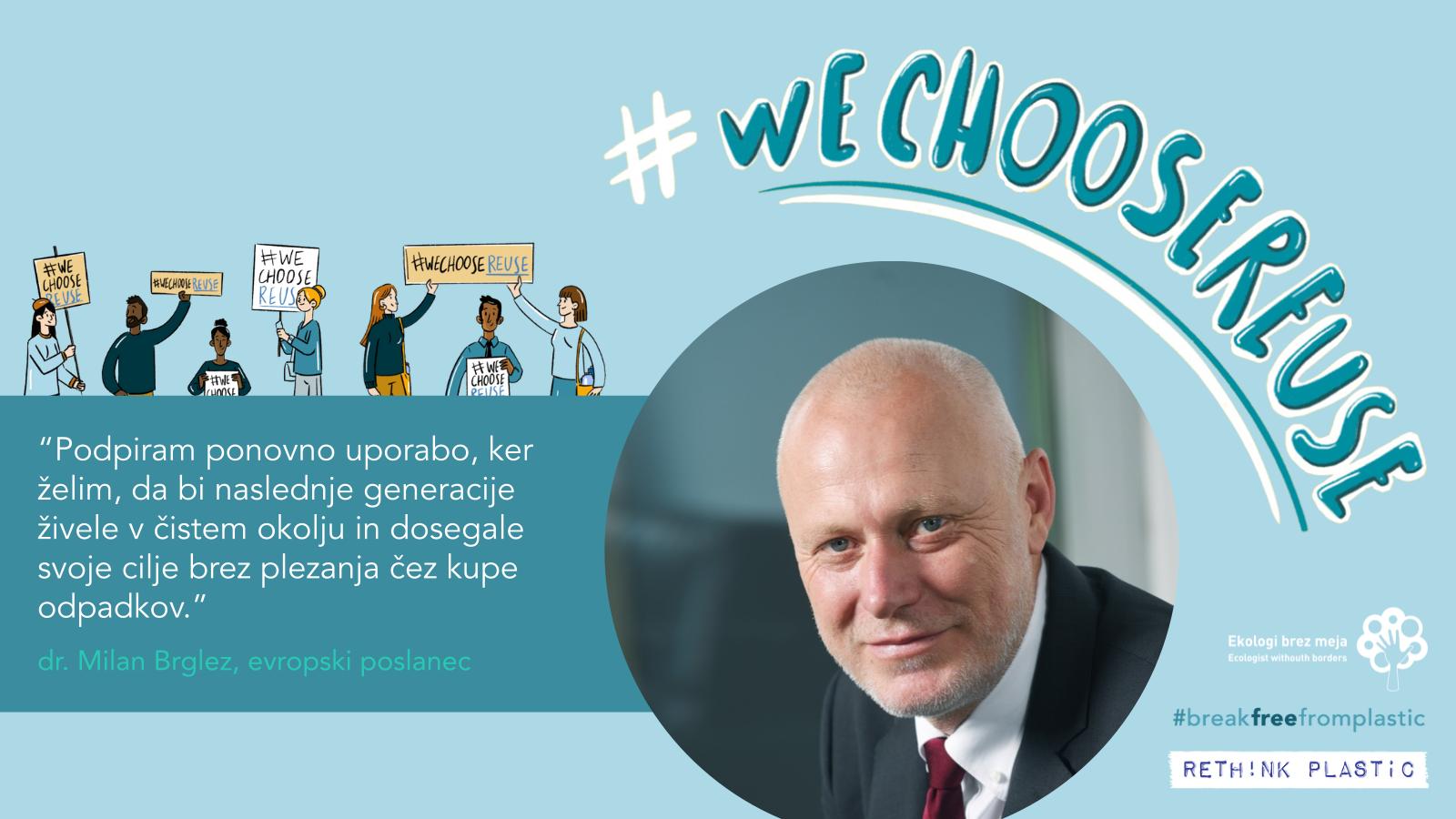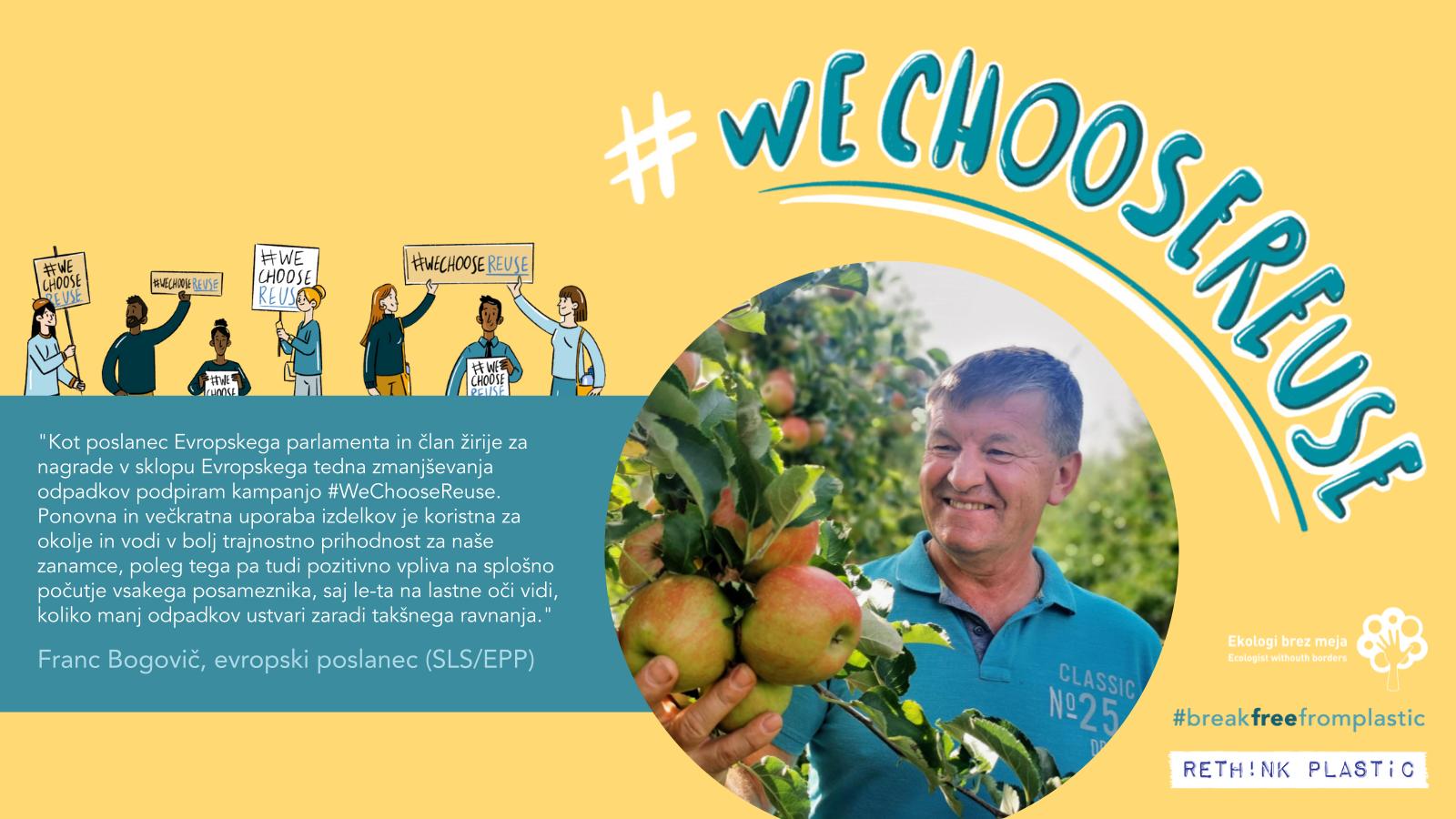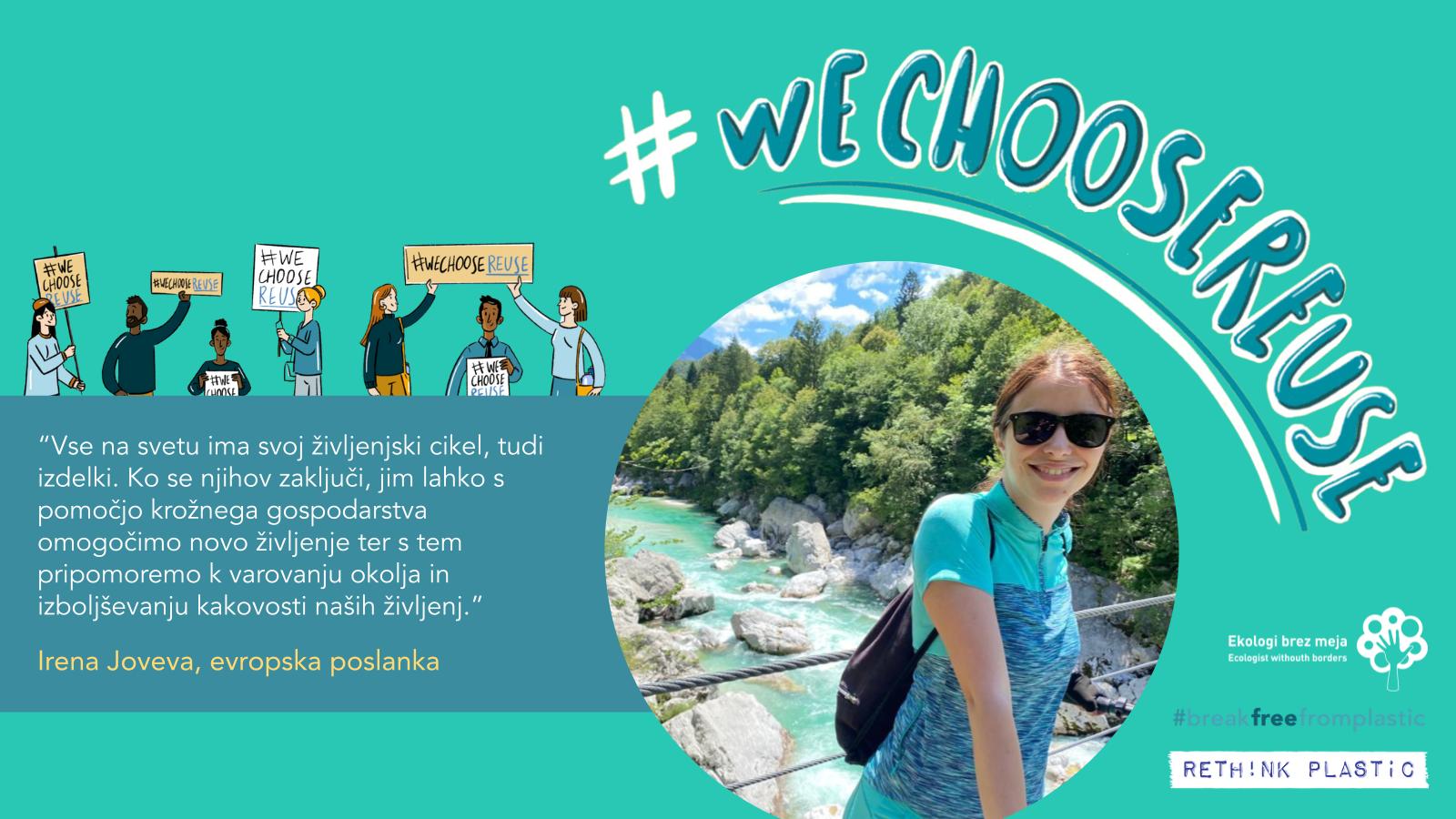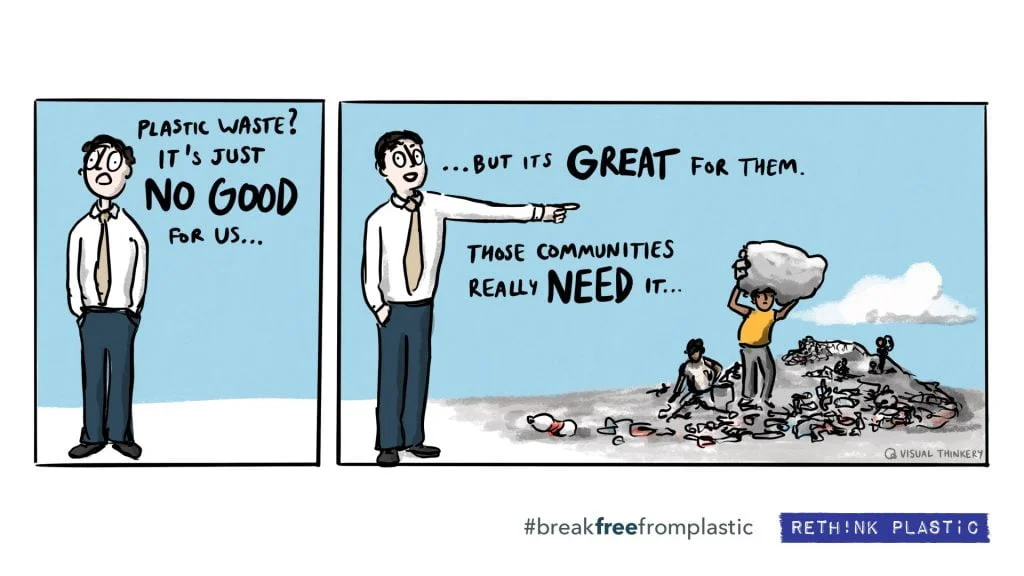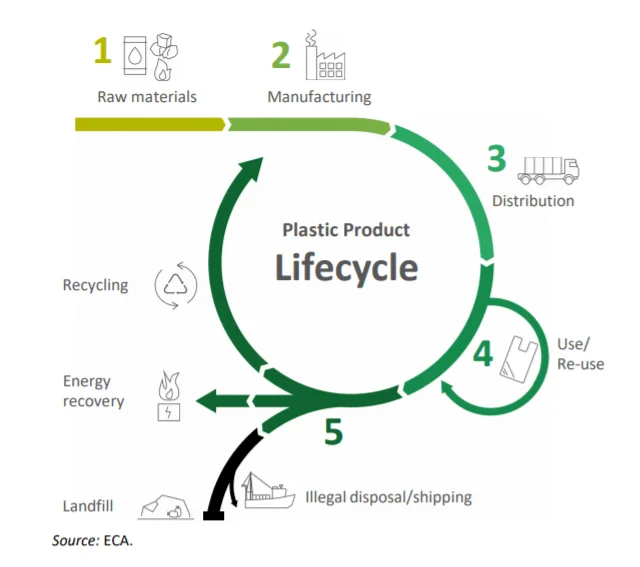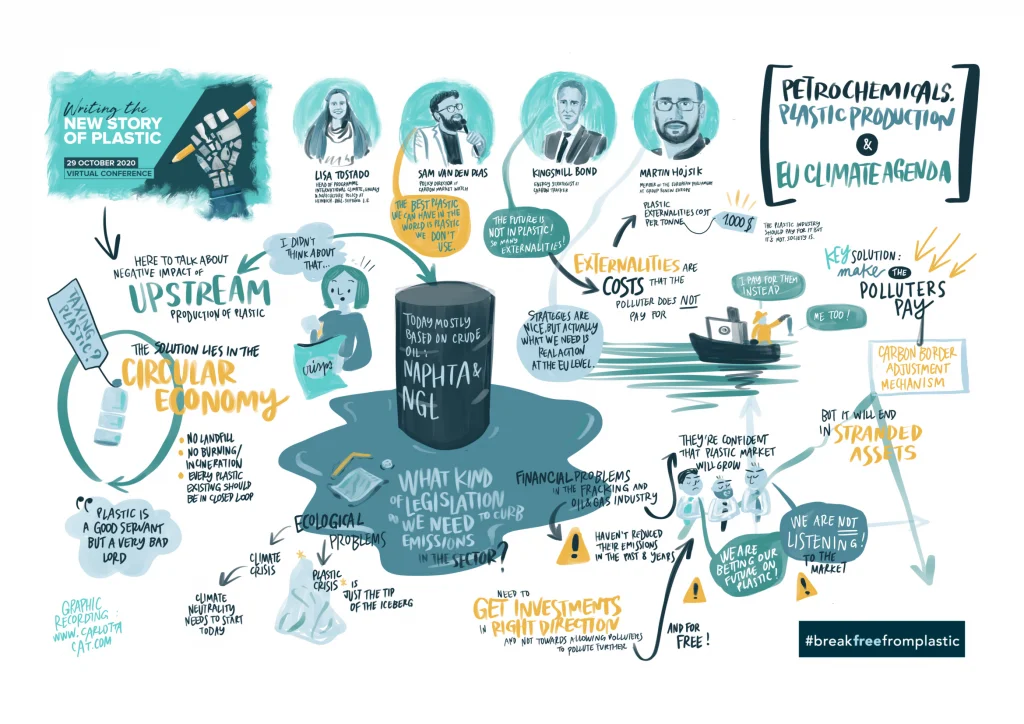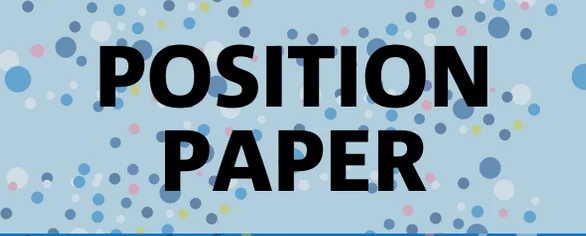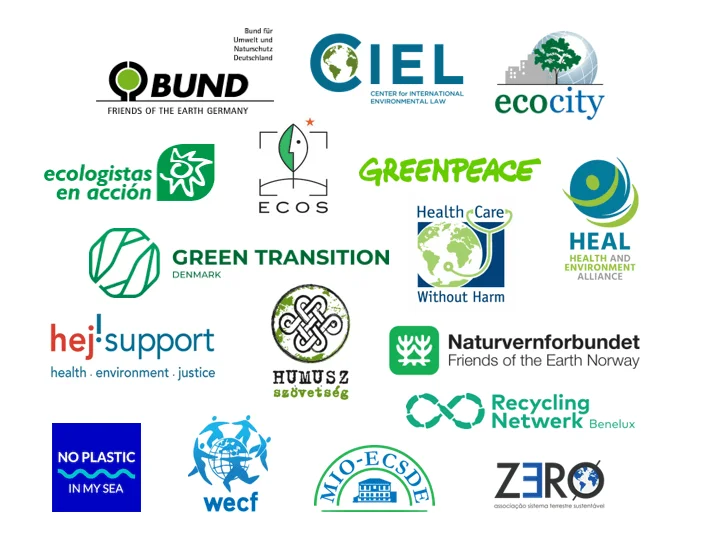Packaging at the core of pollution
Overall production of packaging and packaging waste has steadily grown over the past 20 years. In 2018 a record high of 174 kg of packaging waste per person was reached in Europe. Between 2009 and 2019, paper & cardboard were the main type of packaging waste per weight (32.2 million tons in 2019), ahead of plastic and glass (15.4 and 15.2 million tonnes, respectively, in 2019).

Currently, most packaging in Europe is:
- Single-use: with enormous environmental impacts from production down to waste, including resource extraction; use of raw materials; land, energy, and water use; and CO2 emissions. As levels for single-use packaging continue to rise, current waste management systems cannot cope.
- Warming our planet: Research shows that across their lifespan, plastics account for 3.8% of global greenhouse gas emissions. That’s almost double the emissions of the aviation sector. In order to manufacture just one kilogram of plastic, 3.5 kg of CO2 are emitted into the atmosphere. And incineration of one particular type of plastic packaging (40% of plastic demand) waste amounted to 16 million metric tons of CO2 in 2015. In 2019, the global production and incineration of plastic (including plastic packaging) emitted more than 850 million metric tons of greenhouse gases — equal to the emissions from 189 five-hundred megawatt coal power plants.
- Putting our health at risk: In Europe alone, over 8,000 chemicals can potentially be used in food packaging, tableware, and other food contact materials, with many of these chemicals linked to cancer, harm reproduction, and hormone disruption. More about chemicals in food contact materials can be found in these infographics.
- Wasting our food: 37% of all food sold in the EU is wrapped in plastic packaging. Packaging, which should protect food and increase its shelf life, is often found to be a driver of food waste. Recent research has shown that wrapping fresh products in plastic packaging does not make them last longer, but rather adds to pollution and food waste. The research concluded that when food products were sold loose, and the best-before dates removed, it could save more than 10,300 tonnes of plastic and about 100,000 tonnes of food from being wasted each year – the equivalent of 14 million shopping baskets of food. Packaging often forces people to buy more than they need, while oversized packaging and packaging items that are difficult to empty also lead to the waste of perfectly edible food.
- Non-recyclable and not recycled: the overwhelming majority of packaging doesn’t get recycled. Most statistics available on the recyclability of packaging are inaccurate, as the current waste management scenarios do not reflect the real conditions of the sector. Just because a product is recyclable does not mean it will be collected, recycled and turned into new materials and products. Most often, waste management infrastructures lack the functionality to deal with different formats of packaging . The greater the mix of materials within the packaging, the lower the overall quality the recycled material becomes. Currently, most single-use packaging placed in the EU market is made out of complex materials; involving different materials or layers, as well as many different types that should not be recycled together. The presence of many chemicals in packaging along with food leftovers also hampers recycling. Furthermore, current recycling statistics do not take into account the inappropriate disposal.
- Traded as waste sent to countries outside Europe: where it is usually burnt, landfilled, or leaked in the environment. The European Union relies heavily on international trade for its overgeneration of plastic and packaging waste. In 2019, the EU exported a monthly average of 150,000 tonnes of plastic waste beyond its borders. In 2017, plastic packaging accounted for 75% of the plastic waste exported (by weight). Since most single-use packaging are not recyclable, they are exported “for recycling” to third countries – mainly to countries in the Global South with significantly more limited waste management infrastructures. In fact, a third of the plastic packaging destined for recycling is shipped outside of EU territory, where control over whether the recycling process actually happens (or happens under the right conditions) cannot be monitored.
Packaging at the core of the solution

As a principle, packaging that cannot be safely used, reused and recycled at the end of its life should not be produced or placed in the market in the first place. The solution to stop this packaging pollution chain is logical: the less packaging we produce, use, and discard, and the less materials we extract, the better for our environment and society. This is why it is crucial to think upstream: rethinking and redesigning packaging so that these products are toxic-free, circular by design, and contribute to regenerating ecosystems instead of polluting them.
- Reducing and redesigning packaging is key to solving most of the problems above. By eliminating packaging that we don’t need, we can save resources, reduce emissions, and minimise waste. A good example is the French Circular Economy Law which seeks to reduce single-use plastic packaging and to develop alternatives such as bulk or reusable packaging. As of 1 January 2022, plastic packaging is banned for most fruits and vegetables in France.
- Rethinking the purpose of packaging itself helps to not only prevent packaging waste, but also to prevent food waste as consumers can buy exactly what they actually want to consume – not more, not less! Promoting local and short supply chains, such as farmers’ markets, community supported agriculture schemes, and basket delivery systems have great potential to connect consumers to the production of food in ways that can help to reduce food and packaging waste.
- Reusable packaging systems are a crucial element to this equation. The more times a product can be used, the lower its negative environmental impact, regardless of its material. A reusable glass bottle has 85% less emissions than its single-use counterpart; 70% less emissions than a single-use PET bottle; and also 57% less emissions than a single-use aluminium can. Setting up well-managed pool systems for washing and redistribution of reusable packaging, is a key instrument to make efficient and effective reuse systems work.
- Specifically on safe, toxic-free packaging, EU legislation is required to phase out the most hazardous chemicals and ensure packaging is safe for use, reuse and recycling. Manufacturers can already introduce innovative solutions and/or by scaling up existing safer solutions for packaging (e.g. avoiding toxic glues and inks, using glass or metal containers for reusable options).
- Sustainable packaging systems and take-back systems such as deposit return schemes (DRS) enable the return of packaging to the system to be preferably reused, or recycled; and it should be among the high-priority solutions and measures to achieve true circularity for packaging.
By redesigning packaging with circularity in mind, it is possible to reduce uses of hazardous chemicals; reduce food waste; and get rid of 75% of the waste that is currently being exported, thus mitigating climate change impact through the reduction of carbon footprints. It will also allow us to ensure that this packaging is primarily reused and effectively recycled in Europe at the end of its life.
This blog is based on the Packaging at the Core Paper, as part of our #GetBack and We Choose Reuse campaigns. A visual representation of this blog can be found in these infographics.
